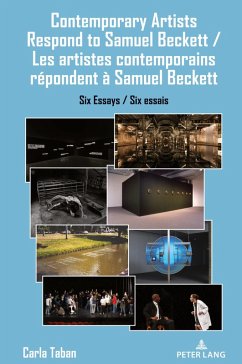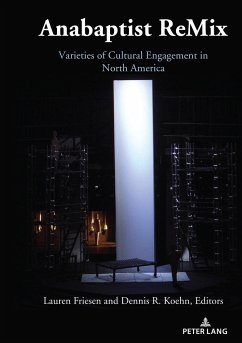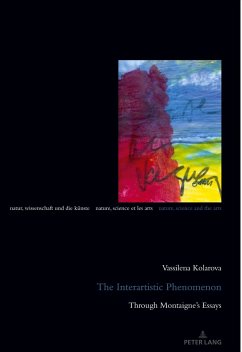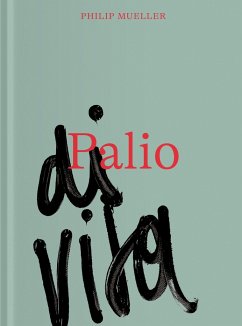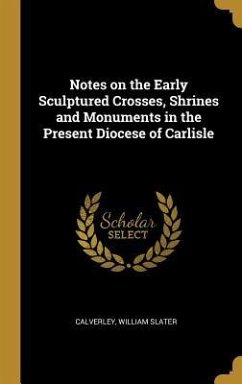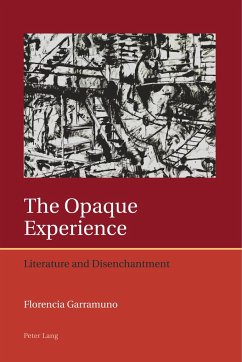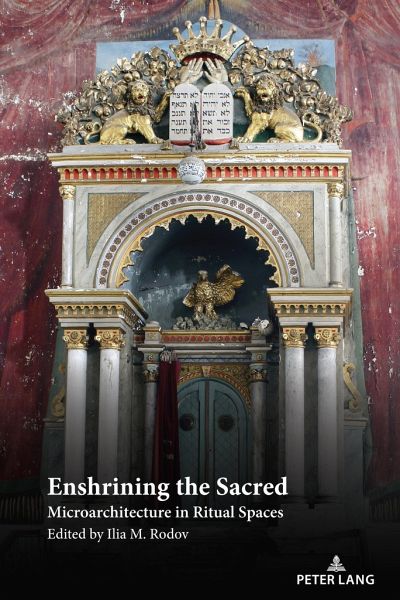
Enshrining the Sacred
Microarchitecture in Ritual Spaces
Herausgegeben: Rodov, Ilia M.
Versandkostenfrei!
Versandfertig in 6-10 Tagen
98,95 €
inkl. MwSt.
Weitere Ausgaben:

PAYBACK Punkte
0 °P sammeln!
This volume explores receptacles housing objects with divine or supernatural powers attributed to them. It offers pioneering comparative insights regarding the focal ritual structures in sacred places of world religions, including Catholic Sacrament houses and architectural altarpieces, Jewish Torah arks, Islamic mihrabs, Vietnamese household shrines, and Japanese butsudans. The publication elucidates artistic expressions, liturgical practices, and customary behaviors which distinguish abodes of divine or sacred contents. The chapters sound the voices of experts in religious architecture aroun...
This volume explores receptacles housing objects with divine or supernatural powers attributed to them. It offers pioneering comparative insights regarding the focal ritual structures in sacred places of world religions, including Catholic Sacrament houses and architectural altarpieces, Jewish Torah arks, Islamic mihrabs, Vietnamese household shrines, and Japanese butsudans. The publication elucidates artistic expressions, liturgical practices, and customary behaviors which distinguish abodes of divine or sacred contents. The chapters sound the voices of experts in religious architecture around the world and provide an encyclopedic scope of knowledge on the subject. Whereas each chapter focuses on a certain period, area, or tradition, the entire collection draws a comparative, cross-cultural, and multi- and interdisciplinary image of smaller-scale architectural objects of spiritual devotion.





